Industry 4.0 vs. Industry 5.0: Industrial Transformation
By Andrea Morelli, Ph.D.
August 14, 2025
By Andrea Morelli, Ph.D.
August 14, 2025
Estimated reading time: 4 minutes
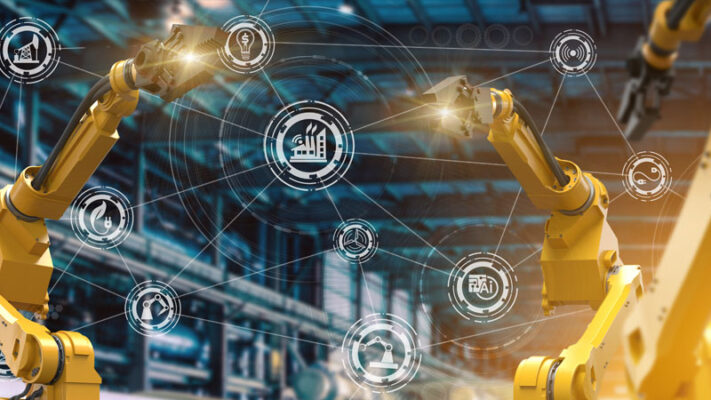
The industrial landscape has transformed over the years. Each phase introduces technologies and paradigms. Industry 4.0 has been the cornerstone of modern manufacturing, characterized by:
The advent of Industry 5.0 shifts focus to processes that are:
Industry 4.0, also known as the fourth industrial revolution, focuses on the digitalization of manufacturing. It utilizes technologies such as:
The primary goals of Industry 4.0 are to use smart manufacturing to achieve:
Machines and systems communicate autonomously in smart factories to enhance production and enable real-time decision-making.
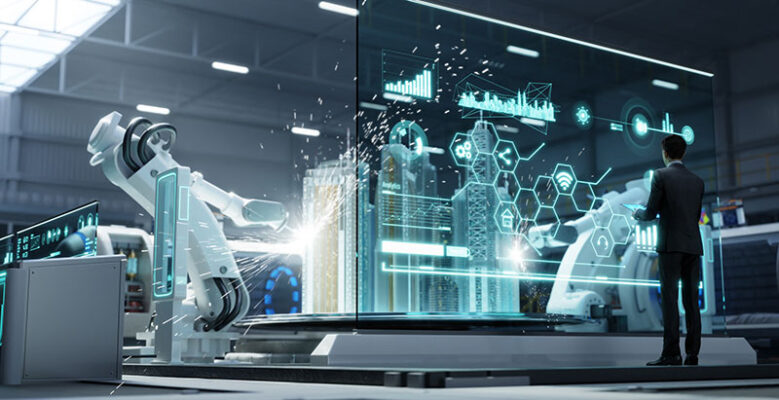
Industry 4.0 emphasizes automation and data. Industry 5.0 is more human-centric. Its defining aspects include:
Industry 5.0 seeks to blend technological advancements with human values. Innovations should benefit both workers and the environment. This paradigm shift reflects a broader societal trend towards sustainability and ethical considerations in industrial practices.
CPPS impact manufacturing process design and execution for Industry 4.0 and 5.0.
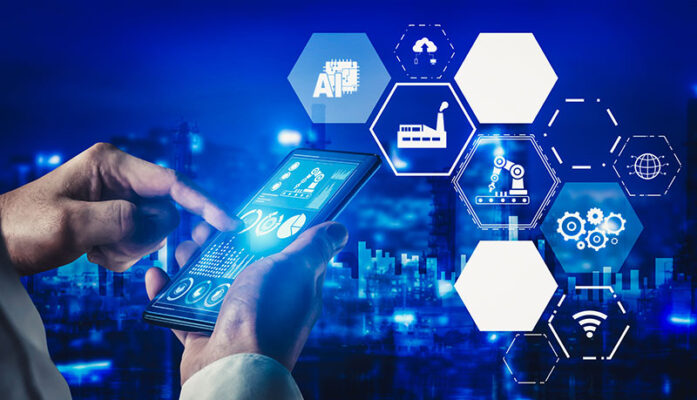
CPPS are fundamental for the creation of smart factories. They integrate computational algorithms with physical processes to enable:
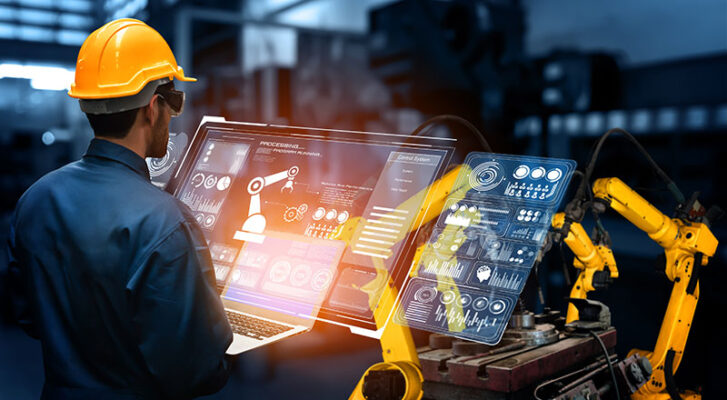
As we transition to Industry 5.0, CPPS evolve to emphasize sustainable, human-centric manufacturing:
| Feature | Industry 4.0 | Industry 5.0 |
| Focus | Automation and smart manufacturing | Human-centric collaboration and sustainability |
| Key Technologies | IoT, AI, big data, CPPS | Advanced robotics, AI, IoT with human-machine collaboration |
| Objective | Creating interconnected and automated systems | Integrating human creativity with technology for personalization and sustainability |
| Production Approach | Fully automated, minimal human intervention | Humans and machines work together |
| Sustainability | Limited focus on sustainability | Strong emphasis on eco-friendly production |
| Resilience | Optimized for efficiency | Designed to be adaptable to disruptions |
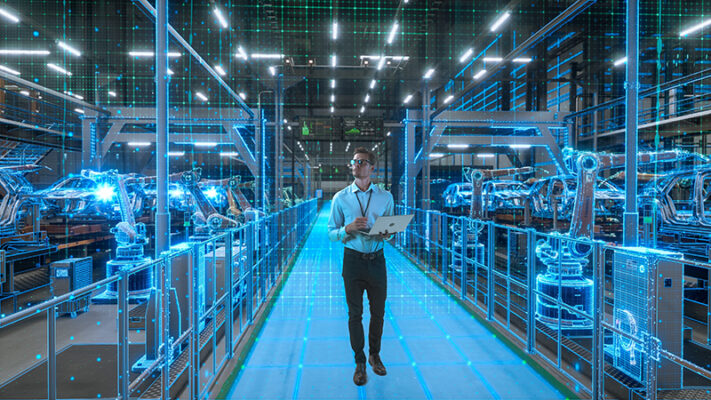
Industry 5.0 is a shift to a people-centric industrial ecosystem that is balanced and sustainable. It builds upon Industry 4.0’s foundation. Organizations that have adopted Industry 4.0 can transition to Industry 5.0 by:
While Industry 4.0 focuses on automation and smart manufacturing, Industry 5.0 places humans at the center of innovation to promote:
Embracing automation and human ingenuity will be key to long-term success in the manufacturing landscape. Governments and businesses must work together to balance automation with human creativity and well-being.
The partnership between technology and human values will pave the way for a sustainable and global industrial future.
Partner with Telit Cinterion to turn your factory into a smart factory. deviceWISE®, powered by Telit Cinterion, is an industrial IoT platform that can transform your operations. You can connect your factory and machines and transform data without writing custom code.
Speak with our experts to connect your shop floor to your top floor and secure your IIoT deployment.